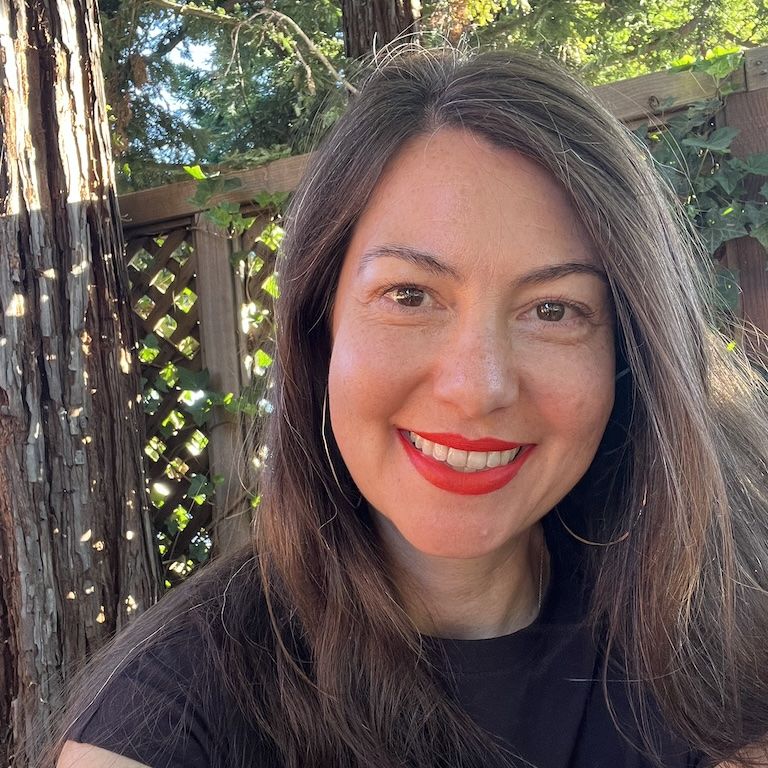Profile
Professor Neary came to Hunter in 2009 after earning her Ph.D. in English at the University of California, Irvine, with emphases in Feminism and Critical Theory. She works on 19th-century African American literature and visual culture, with a particular focus on slave narratives and Black literature of the American West. You can read her essays on these topics in J19, ESQ, African American Literature, and MELUS. In 2018 she was a visiting scholar at Stanford University’s Bill Lane Center for the American West. She currently serves on the editorial boards of J19: The Journal of 19th-century American Studies and Literature/Film Quarterly.
Her first book, Fugitive Testimony: On the Visual Logic of Slave Narratives (Fordham University Press, 2017), traces the long arc of the African American slave narrative from the eighteenth century to the present in order to rethink the epistemological limits of the form and to theorize the complicated interplay between the visual and the literary throughout its history. Gathering an archive of ante- and postbellum literary slave narratives as well as contemporary visual art, the book brings visual and performance theory to bear on the genre’s central problematic: that the ex-slave narrator must be both object and subject of his or her own testimony.
She is the editor of Conditions of the Present: Selected Essays by Lindon Barrett (Duke University Press, 2018). This wide-ranging collection, with contributions by Elizabeth Alexander, Jennifer DeVere Brody, Daphne A. Brooks, Linh U. Hua, and Marlon B. Ross, centers African American literature as a site from which to theorize race and liberation in the United States and amplifies Barrett’s ongoing, vital contributions to African American Studies.
Her second monograph Speculative Life: Black Literature and Visual Culture of the Nineteenth-century West is forthcoming from University of Pennsylvania Press. The book examines Black literature and art that emerges from Western migration in the wake of the California Gold Rush and the passage of the Fugitive Slave Act. Drawing on recent work in critical geography, the book illuminates the interanimation of the body, the ground, law, and temporality for Black Western writers, who articulate economic possibility with social justice and racial equality, while simultaneously highlighting the mercenary and racially-biased nature of the law itself.
Her co-authored book Misalliance: Race, Caste, and Empire in Print Culture of the Long Nineteenth Century, written with Tanya Agathocleous, charts a long and submerged history of antiracist, anticaste, and anti-imperial organizing based in writing spanning continents and decades. By reconstructing a “triangulated conversation” among Britain, the U.S., and India conducted across periodicals, pamphlets, novels, poetry, essays, conference proceedings, academic writing, and case law, Misalliance shows how the very terms slavery and caste, and the racial understandings associated with both, gain definition and referential force in relation to one another. The book's examination of the networks of transnational commodity exchange, competing labor systems across the Anglo-American empire, and individual and collective resistance on the ground advance our understanding of the degree to which these comparisons inform--and sometimes haunt--international solidary movements today. The book is in contract with Fordham University Press.
In her teaching she encourages students to see 19th-century African American texts as complex, imaginative, and multifaceted responses to the requirement that black authors provide evidence of their humanity. Her curriculum emphasizes form, social context, and the conditions of textual production. Recent courses include “19th-century African American Narratives,” “Slave Narratives: 1760-the Present,” “Frederick Douglass,” “Race and Visual Culture,” and “CUNY and Slavery: Properties of Knowledge.”


